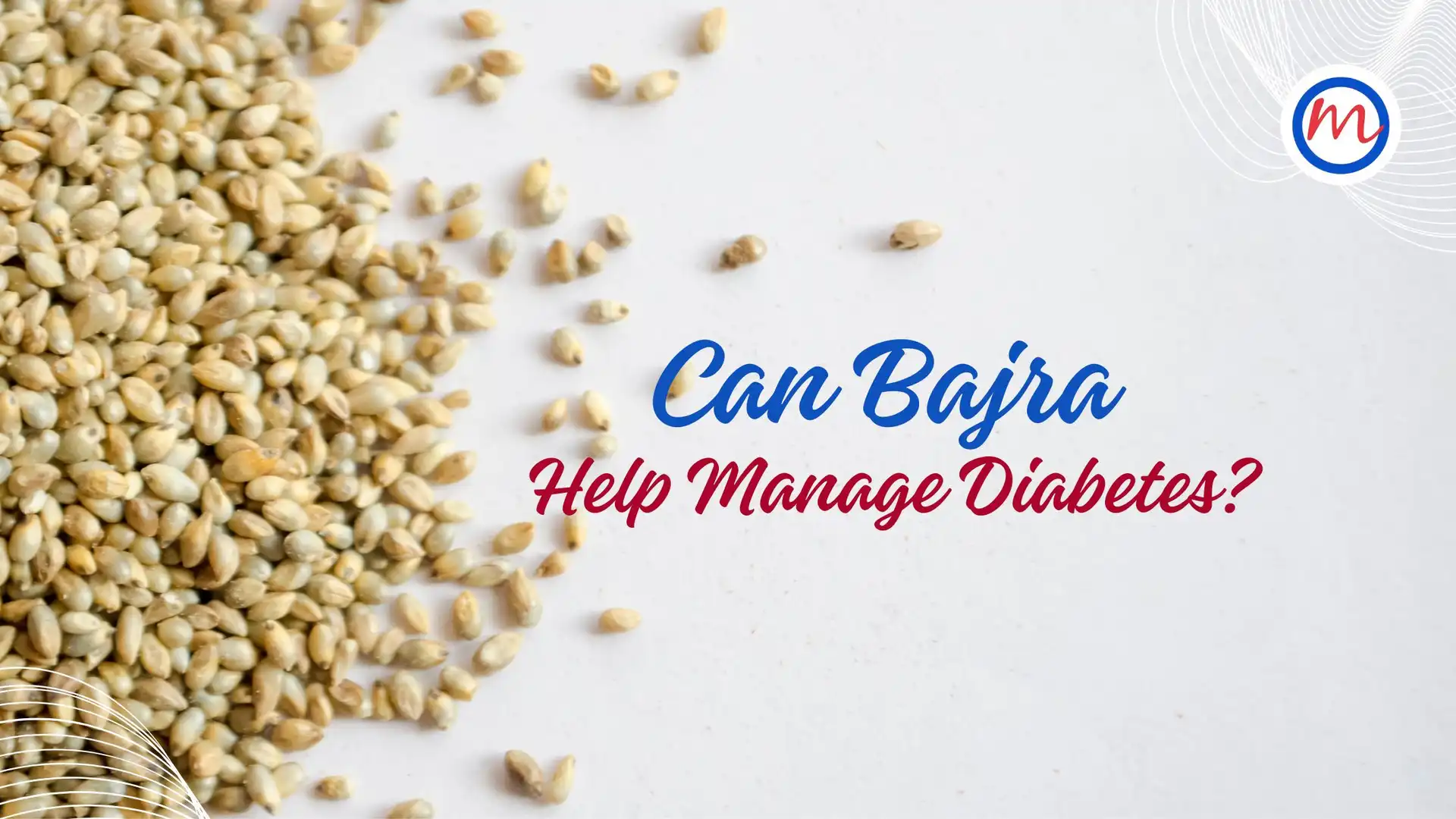Can Bajra (Pearl Millet) Help Manage Diabetes?
Introduction to Bajra (Pearl Millet)
While Bajra, otherwise known as Pearl Millet, might not be the first grain that comes to mind for controlling blood sugar, this humble millet has been a staple in Indian households for centuries. With its impressive nutrient profile and traditional significance, bajra is now gaining popularity as a potential aid for managing diabetes. Let’s explore how this ancient grain can play a role in controlling blood sugar levels.
Why Diet Matters for Diabetes
In India, diabetes is a growing concern, affecting people across all age groups. What we eat directly influences our blood sugar levels and overall health. A diet rich in refined sugars, polished rice, and unhealthy fats can lead to sudden spikes in blood sugar. On the other hand, whole grains like bajra help maintain stable glucose levels, making them a valuable addition to the diet.
Balancing meals not only helps control blood sugar but also aids in maintaining a healthy weight—a crucial factor for people with diabetes. Incorporating Indian superfoods like bajra can support better health management.
Nutritional Benefits of Bajra for People with Diabetes
Bajra is packed with essential nutrients, making it a fantastic choice for managing diabetes. It has a low glycaemic index (GI), which means it releases glucose slowly, preventing sharp spikes in blood sugar levels.
The high fibre content in bajra aids digestion, promotes fullness, and helps control hunger pangs—essential for weight management. Additionally, it is rich in magnesium, a mineral that plays a key role in improving insulin sensitivity and regulating blood sugar.
Bajra also contains antioxidants that combat oxidative stress, which is linked to diabetes complications. Including bajra in your diet can support overall health while helping you manage your blood sugar effectively.
Research Backing Bajra for Diabetes Management
Several studies have highlighted the benefits of bajra for diabetes management. Research published in the Journal of Nutritional Science found that bajra lowers post-meal glucose spikes better than refined grains. Another study showed that bajra improves insulin sensitivity, making it a suitable choice for those looking to enhance their metabolic health.
Animal studies have also shown that including bajra in the diet can lead to better cholesterol levels and reduced inflammation—both important for managing diabetes.
Easy Ways to Include Bajra in Your Diet
- Bajra Roti: Replace regular wheat rotis with bajra rotis. Pair them with sabzi and curd for a nutritious meal.
- Bajra Khichdi: Cook bajra with moong dal, vegetables, and spices for a comforting, diabetes-friendly meal.
- Bajra Upma: Use bajra instead of semolina for a healthy, filling breakfast.
- Bajra Porridge: Cook bajra with milk, nuts, and a pinch of cardamom for a tasty and wholesome breakfast.
- Bajra Salad: Toss cooked bajra with chopped veggies, lemon juice, and roasted peanuts for a quick, nutritious salad.
Precautions and Side Effects
While bajra is beneficial, it is essential to consume it in moderation. Excessive intake may cause digestive issues like bloating due to its high fibre content. If you have a known allergy to millets or cereals, consult a healthcare professional before adding bajra to your diet.
For those on diabetes medications, keep a check on your blood sugar levels when introducing bajra to avoid unexpected fluctuations.
Conclusion: Can Bajra Help Manage Diabetes?
Bajra, a traditional Indian millet, holds great potential for managing diabetes. Its low glycemic index, and rich fibre and nutrient content make it a healthy addition to any diabetes-friendly diet. With proper portion control and balanced meals, bajra can help regulate blood sugar and support overall well-being.
If you are exploring natural ways to manage diabetes, consider adding bajra to your meals. As always, consult your healthcare provider before making significant dietary changes, especially if you have pre-existing health conditions.



